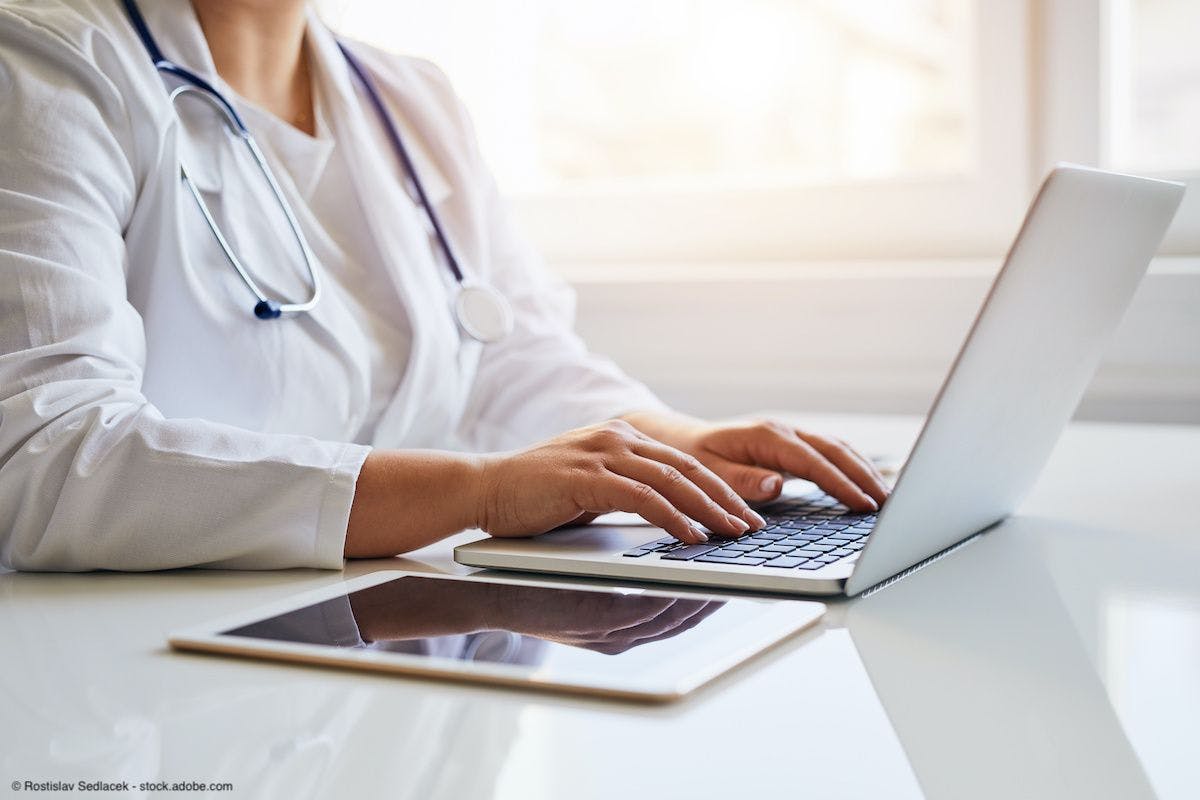Publication
Article
Urology Times Journal
Prostate focal therapy is feasible and safe but lacks defined indications
Author(s):
"It will only be when the indications for focal therapy are expanded to higher-grade and larger tumors that we will begin to learn about the true efficacy of this approach," writes Badar M. Mian, MD.
Badar M. Mian, MD

Prostate cancer therapies that target the entire organ (eg, surgery, radiation therapy) are highly effective in oncologic control but can be associated with urinary and sexual dysfunction. Focal therapy using various ablative modalities (eg, cryotherapy, high-intensity focused ultrasound) have been evaluated for the management of localized prostate cancer, demonstrating fewer functional adverse events (AEs), although long-term oncological outcomes remain undefined. More recently, there has been growing interest in the use of nonthermal ablative modalities such as irreversible electroporation (IR), which deploys short electrical pulses to ablate target tissue while minimizing damage to adjacent connective tissue, nerves, and vessels. Recent studies have focused on the short- and intermediate-term oncologic outcomes of IR and the safety of extended ablation using IR compared with focal IR.
Lopez et al reported 3-year oncologic outcomes from a single center using focal IR in 41 patients.1 Mean age of the cohort was 65.8 years, with a mean prostate-specific antigen (PSA) level of 6.9 ng/mL. Grade group 1 prostate cancer was noted in 73% of patients, and grade group 2 prostate cancer in 24% of patients.
The investigators inserted monopolar electrodes around the index lesion transperineally using a brachytherapy template grid. A 5-mm safety margin was used near the rectum, bladder neck, neurovascular bundles, external sphincter, and urethra. The number and length of the electrodes depended on the size and location of the MRI-visible lesion. The typical treatment plan included 90 pulses (at 1500 V/cm) of 90 milliseconds. Unilateral ablation was performed in 76% of cases. All procedures required general anesthesia, Foley catheter, and hospital stay for 1 day.
At a median follow-up of 35 months, mean reduction in PSA level was 46.1% (SD, 26.5) at 3 months. Median failure-free survival was 32 months. Of the 33 patients (80%) who underwent repeat transperineal biopsy at 12 months, recurrence was noted in 16 patients (48.4%), of which 5 recurrences were within the previous ablation zone and 11 were out of field. Nearly half (47%) of the recurrent tumors were grade group 2 or above.
AEs were noted within 30 days in 41% of patients, and over the next 6 months in an additional 35% of patients. However, more than 90% of AEs were Clavien-Dindo grade I. Two patients developed urinary retention requiring Foley catheter insertion. Statistically significant worsening of International Index of Erectile Function (IIEF-5) score (P=.026) and an improvement in International Prostate Symptom Score (P=.003) were detected. Continence at baseline remained unchanged at 12 months in all patients, and those with satisfactory erections before the procedure maintained stable erectile function.
In a different study by de la Rosette et al2, the authors evaluated the safety of extended ablation (eg, hemiablation) with IR instead of the limited, perilesional ablation. They randomly assigned 51 and 55 patients to focal and extended IR, respectively. Most patients (60%) had biopsy grade group 1 prostate cancer. Median follow-up was 30 months. AEs were similar at 3 months after IR, with 58.8% in the focal ablation group and 61.8% in the extended ablation group. The quality-of-life measures were also similar between the groups. After adjusting for baseline scores, the focal ablation group had better IIEF scores than the extended ablation group at 3 months. Clavien-Dindo grade III complications were infrequent: a cardiac event at 3 months and prostate abscess at 18 months in the focal group and deep vein thrombosis at 24 months in the extended group.
Transperineal template prostate biopsy was performed at 6 months on 48 patients in the focal ablation group and 53 patients in the extended ablation group. Residual clinically significant prostate cancer (Gleason score≥3+4) was detected in 18.7% of the focal ablation group and 13.2% of the extended ablation group. Any-grade prostate cancers were found in 56.3% of the focal ablation group and 43.4% of the extended ablation group, which was statistically insignificant. Recurrence rate appeared lower with extended IR ablation, but the sample size was small, and the results were statistically insignificant. It’s conceivable that extended IR might have potential advantages over other focal therapy modalities due to its nonthermal energy source. However, this requires further evaluation in studies with a larger sample size.
Beyond the feasibility and safety of IR (and other focal therapy options) for prostate cancer management, clinical indications and patient selection for focal therapy remain areas of concern. All previous focal therapy studies, by necessity, had to include patients with low-grade, localized cancer to demonstrate safety,feasibility an dproof of concept. However, active surveillance remains the safe and effective primary option for contemporary patients with low-grade and focal disease.
With better understanding of the type and amount of energy needed, the ablation kill zone, and recurrence patterns, cancer control rates are likely to improve. It will only be when the indications for focal therapy are expanded to higher-grade and larger tumors that we will begin to learn about the true efficacy of this approach.
References
1. López BM, Boville GA, Bernardos GB, et al. Focal therapy of prostate cancer index lesion with irreversible electroporation: a prospective study with a median follow-up of 3 years. J Urol. 2023;209(1):261-270. doi:10.1097/JU.0000000000002970
2. de la Rosette J, Dominguez-Escrig J, Zhang K, et al. A multicenter, randomized, single-blind, 2-arm intervention study evaluating the adverse events and quality of life after irreversible electroporation for the ablation of localized low-intermediate risk prostate cancer. J Urol. 2023;209(2):347-353. doi:10.1097/JU.0000000000003051

Newsletter
Stay current with the latest urology news and practice-changing insights — sign up now for the essential updates every urologist needs.





























